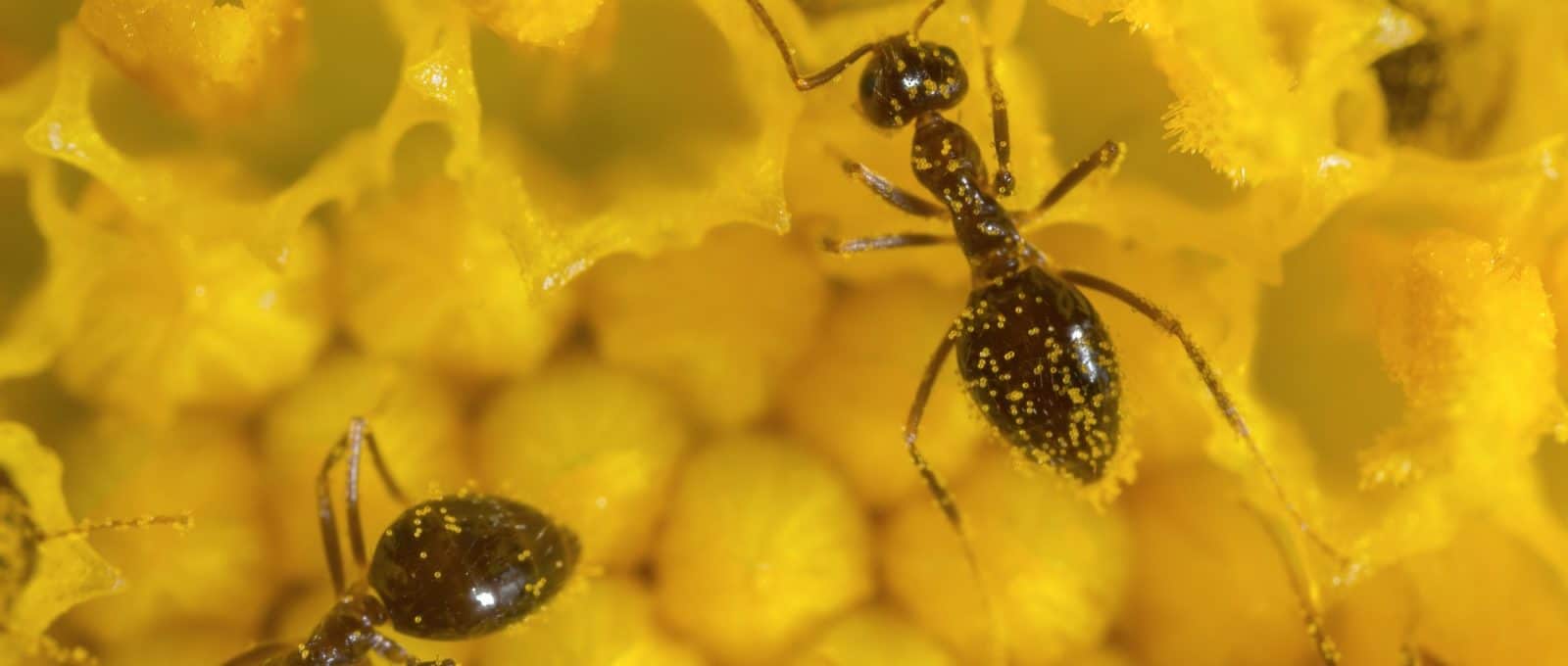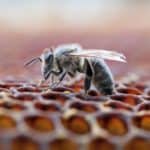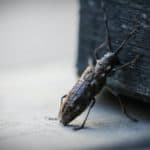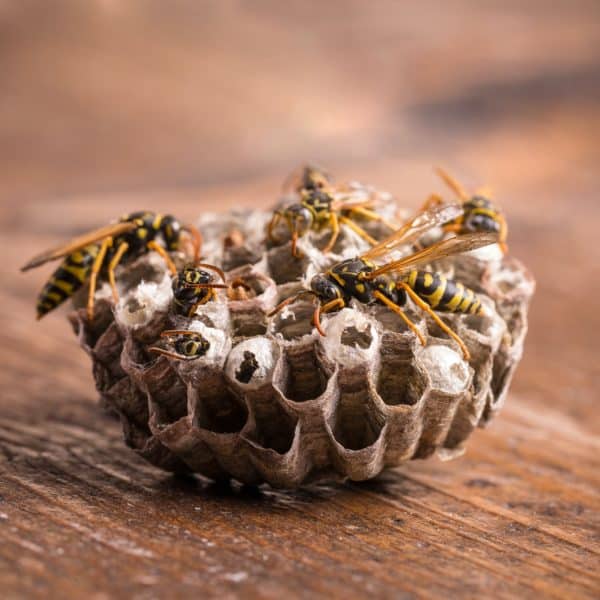Carpenter ants are one of the most dreaded pests the world over. Not only do they pack a nasty bite, but can also cause significant structural damage to your home. However, unlike termites, carpenter ants (Camponotus spp.) damage wood through burrowing and nesting in it rather than feeding on the wood as termites do.
Carpenter ants have a preference for damp places or decayed lumber as they are easier to tunnel into. Read on to learn more about how to rid your home of carpenter ants.
How to Identify Carpenter Ants
Carpenters are relatively large as compared to most other types of ants, measuring between 3/8 and ¾ inches long. They are typically black, yellowish, or reddish-brown, depending on the species. Often, during spring, you might notice them inside the house. However, their presence is not enough evidence to support an infestation problem inside the home.
Concerned homeowners are advised to try and determine whether the carpenters are coming from an outdoor or an indoor nest, even though it can be difficult.
Tip: If you find carpenter ants inside the house during late winter or early spring, chances are the ants are coming from a nest inside the house. However, if you find them later in the year, it can be a coin toss whether they are from the outside or inside. Nonetheless, the presence of carpenter ants inside a home during winter months is usually an indication that the nest is inside the house. The only exception is if they are brought in via firewood.
Life Cycle of a Carpenter Ant
The basis of an ant colony is a single fertilized queen who lays between 15 and 20 eggs after making a suitable nesting site inside the wood. She helps the developing young by feeding them her salivary secretions and doesn’t eat or leave the nest during that period. Other than that, the queen doesn’t have any additional duties.
The first generation of young ones are usually workers whose job is to gather food to help feed the colony. Additionally, they also burrow into the wood so as to make a home for the colony. A colony can grow rapidly, with the ability to reach a population of 3,000 worker ants within 3 to 6 years. During the peak of a colony, winged reproductive females are usually produced so they can fly off and start other colonies.
Signs of a Carpenter Ant Infestation
For concerned homeowners, here are some signs to look for when determining whether you have a carpenter ant infestation:
• Check Damp or Damaged Wood
Dry wood is too hard, thus it is unsuitable for burrowing. As such, if you are looking for signs of an indoor infestation, consider beginning your search in areas where the wood is old, damp, decaying, or already damaged. Other prime targets for carpenter ants burrows include wood that is inside walls.
• Presence of Frass
As mentioned, carpenter ants do not feed on wood like termites do. As such, you are likely to find wood shavings that look like sawdust besides areas that are infested by these ants. Those shavings are known as frass. If you find frass inside your house, chances are you are sharing your home with an ant colony.
• Listen to Your Walls
Tap against your walls and listen for the sound that reverberates. If you hear a faint, rusting sound, there might be an ant nest there. Areas to start your search include window and door frames, as well wooden structures that are near humid areas, such as in the kitchen and bathroom.
• Presence of Worker Ants
As mentioned, noticing these ants around your house does not definitely imply that you have an infestation, but following their trail can help you establish whether your theory is correct.
When looking for carpenter ants, consider doing it early in the morning or at night using a flashlight since they tend to forage while it’s dark. Also, note that ants will cover great distances while foraging, so your home might just be a forage site, and not where the nest is. This is why you should consider hiring a professional pest control expert to help you with this undertaking.
Ridding Your Home Off Carpenter Ants
After establishing that you indeed have an infestation, the next step is to deal with it, and there are a number of options at your disposal. They include:
1. Carpenter Ant Bait
The most effective carpenter ant baits are usually designed to target carpenters along their trails. This makes baits a wonderful choice for dealing with outdoor ants so as to prevent them from making their way inside.
As they forage, chances are that the ants will come across your bait, pick it up, and take it back to their colony, where they will poison the rest of the colony. Nonetheless, when looking for a carpenter ant bait, it is best to choose one that is designed to specifically lure in ants – to avoid other critters taking the bait instead and finishing it.
High-quality carpenter ant traps are usually kits which contain baits comprising of a carpenter ant’s primary food sources, thus making them more attractive to the foraging ants. However, do not place your bait near an ant-repellant since the repellant will drive away the ant, thus making the bait useless.
2. Carpenter Ant Insecticide
If your ants are not taking your bait, then you should consider adding insecticides and pesticides into your arsenal. When applying the insecticide, consider applying it along a perimeter around your property so as to discourage outside carpenter ants as well as other critters from accessing your property.
Insecticides, therefore, are an excellent way of preventing foraging colonies nearby from making their way to your house.
Dealing With an Indoor Infestation
Things can get tricky if you find that the carpenters also call your property their home as well. In such cases, you might always want enlist the services of a professional pest expert. However, if you are up to the task, consider the following tips:
• Establish the exact location of the nest and start drilling into the wall to get to the nest.
• Your drill holes should be between 2 and 6ft on each side of the location where you think the nest is. This will ensure that you do not miss the nest.
• Next, you will want to apply the carpenter ant treatment you have to these holes as well as any other potential openings that the ants may use.
• Experts advise against using liquid insecticide for indoor nests. Also, ensure that children and pets do not have access to the treated areas.
Natural Treatments for Carpenter Ant Control
While ant baits, pesticides, and dust treatments are effective at controlling ant infestations, you can also use natural treatments to remedy your problem. They include:
1. Do-it-Yourself Baited Food
You can make your own poisoned bait for your unwelcome guests. To do this, mix ten parts of sugar water with one part boric acid. Next, add this solution to your bait, then place it along the ants’ trails as well as any spot they like to frequent.
The sugar water attracts the ants while the boric acid kills them, and their colony. Nonetheless, it might take a while for you to take out the entire colony; thus, you might have to bait the repeatedly for you to get the results you’re looking for.
2. Boric Acid
You may also spray boric acid directly onto their nests or any other place they like to frequent so as to poison them. However, be careful not to spray beat electrical circuits or wires.
3. Diatomaceous Earth
Also known as diatomite, this is a rock whose dust is poisonous to ants. Get the food-grade diatomite earth as it is safe for humans and pets. Insects, however, are unable to digest the dust properly, thus drying them out from the inside.
Consider applying this dust over their nests regularly as it will take multiple trials for you to eliminate the colony completely. Also, be sure that you get Food-Grade DE and not the Pool-Grade Diatomite earth.
Controlling Your Carpenter Ant Problem
Carpenter ants are among the peskiest critters out there. Additionally, they have a relatively long lifespan, which means that if they feel comfortable inside your home, you might live with them for years. Under the right conditions, a colony can host as many as 50,000 ants.
Needless to say, having an ant colony inside your house will drain your house structurally, and you financially. As such, any indication of a carpenter ant presence inside your house should be treated urgently and seriously.
This guide should help you handle the infestation by yourself. However, for quick and efficient results, you might want to contract the services of a reputable pest control professional. These are experts who are well-trained and experienced in dealing with critter infestations, and thus are equipped with all the tools they need to ensure your infestation goes away for good.
Got any more questions regarding pest control? Contact us today, and we will be glad to help.






